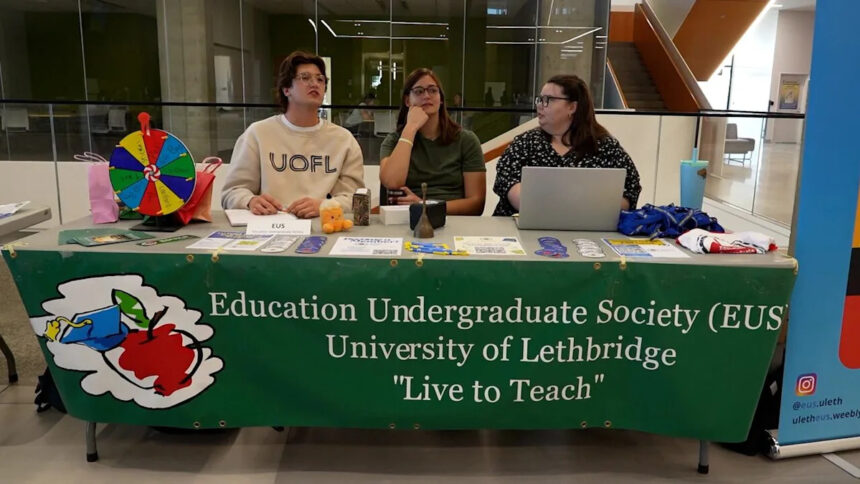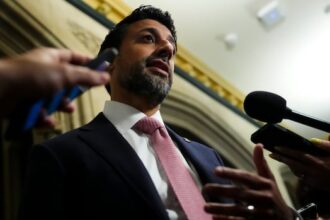As autumn leaves fall across university campuses, an unusual silence has settled over education faculties nationwide. The ongoing student teacher strike has left thousands of classrooms without their expected teaching interns, creating ripple effects throughout Canada’s education system that grow more consequential with each passing day.
“We’re caught in an impossible situation,” explains Maya Desjardins, a fourth-year education student at McGill University who joined the walkout three weeks ago. “We’re expected to work full-time hours without compensation while paying full tuition. The financial math simply doesn’t work anymore.”
The strike, which began as localized protests at several universities, has expanded to include more than 7,500 student teachers across six provinces. Their core demands center on fair compensation for practicum placements—the mandatory unpaid teaching internships that can span up to 16 weeks of full-time classroom work.
Provincial education officials find themselves navigating uncharted waters. Ontario Education Minister Stephen Lecce acknowledged the legitimacy of student concerns while emphasizing system constraints: “We recognize the financial pressures student teachers face, but provincial budgets are already stretched thin supporting existing educational infrastructure.”
The economic realities for student teachers have become increasingly dire. According to Statistics Canada, education students graduate with an average debt of $28,000, with many unable to maintain part-time jobs during their intensive practicum periods. This financial strain has forced some to abandon their teaching aspirations entirely.
“We’re losing talented educators before they even enter the profession,” warns Dr. Elena Mikhailov, education policy researcher at the University of British Columbia. “When we ask young people to choose between financial stability and pursuing their calling to teach, we’re creating a system that selects for privilege rather than passion or ability.”
The strike has created immediate challenges for Canadian schools. Elementary school principal Marcus Wong describes the impact: “We rely heavily on student teachers. They provide individualized attention to struggling students, fresh teaching approaches, and critical support for our full-time staff. Their absence is felt every day.”
Provincial teacher licensing bodies have begun discussions about modifying graduation requirements for this cohort of students, potentially reducing practicum hours required for certification. However, such measures raise questions about preparation quality and teaching readiness.
The financial model undergirding teacher education has remained largely unchanged since the 1970s, despite dramatic shifts in the economic landscape for students. While medical residents and many other professional practicum placements receive compensation, education internships remain unpaid across most of North America.
Some universities have implemented creative solutions during the strike. The University of Alberta has expanded virtual teaching opportunities, while Dalhousie University established an emergency fund for education students. However, these stopgap measures address symptoms rather than structural issues.
“This isn’t just about money,” explains student strike organizer Jerome Williams from the University of Toronto. “It’s about recognizing the professional value we bring to classrooms. We’re not just observers—we’re planning lessons, grading assignments, and taking full responsibility for student learning.”
As political pressure mounts, provincial education ministers have scheduled an emergency meeting next week to address the crisis. Potential solutions being discussed include practicum stipends, tuition rebates, and expanded loan forgiveness programs for graduates who commit to teaching in underserved regions.
The unfolding situation raises profound questions about how we value education in Canada. If we expect excellence from our teachers but create barriers that discourage all but the most financially secure from entering the profession, what does that mean for the future of our education system? As this generation of student teachers fights for recognition, the answer to that question may reshape Canadian education for decades to come.










